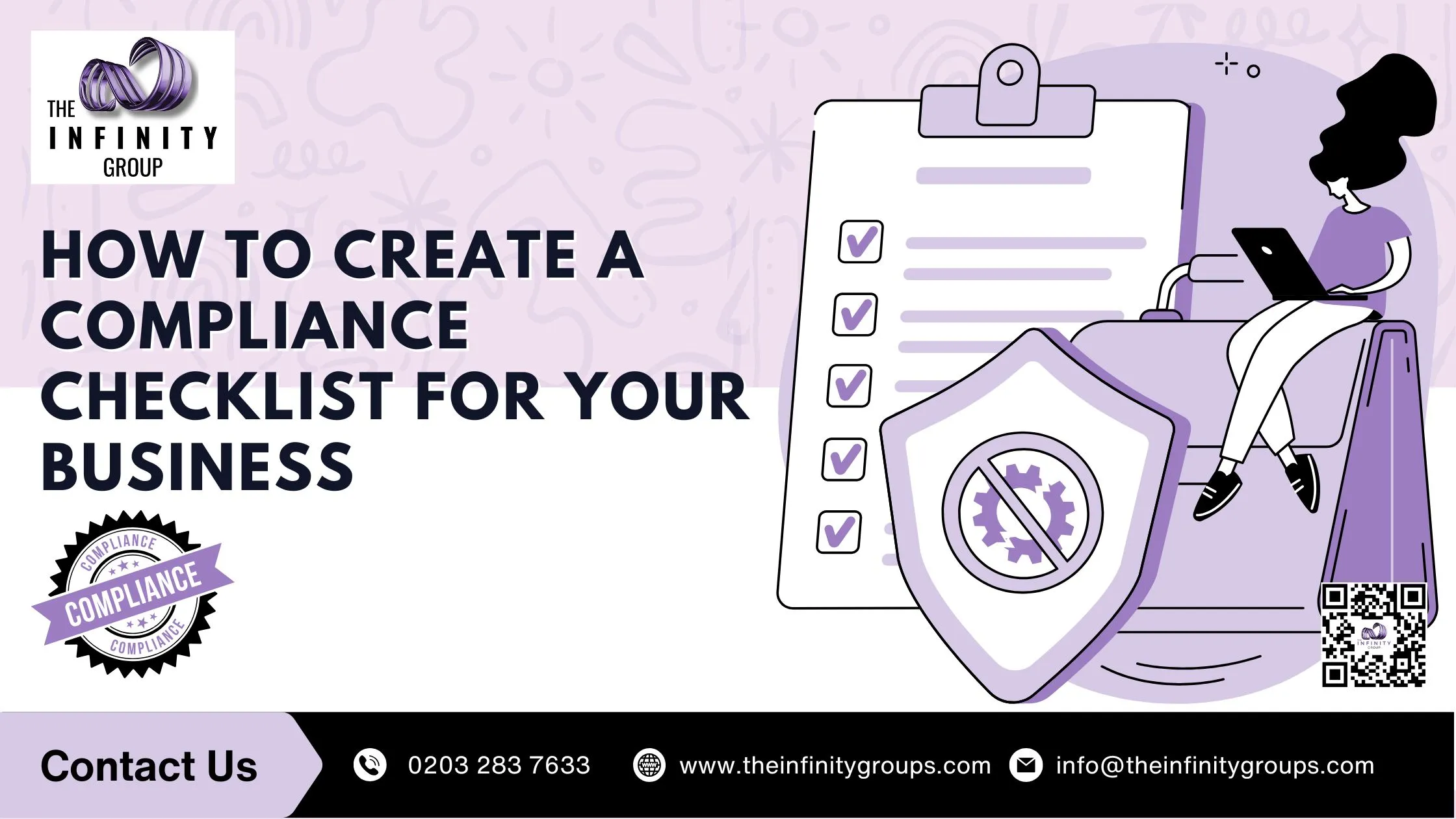Compliance is a critical aspect of running a business, ensuring adherence to legal, regulatory, and industry standards. A well-structured compliance checklist helps businesses avoid legal risks, maintain operational efficiency, and build trust with customers and stakeholders. In this guide, we’ll walk you through the steps to create an effective compliance checklist tailored to your business needs.
Understanding Compliance Requirements
Before creating a checklist, it’s essential to understand the different types of compliance your business must adhere to:
- Regulatory Compliance : Government laws and regulations such as GDPR, HIPAA, SOX, and CCPA.
- Financial Compliance : Adhering to financial reporting and tax regulations.
- Operational Compliance : Industry-specific standards, such as ISO certifications.
- Data Security Compliance : Ensuring cybersecurity measures align with regulations like PCI DSS.
- HR & Workplace Compliance : Employee rights, workplace safety (OSHA), and anti-discrimination laws.
- Governance, Risk, and Compliance (GRC) : Managing policies and controls to minimise risks.
- Vendor Compliance : Ensuring third-party partners follow compliance guidelines.
Steps to Create a Compliance Checklist
1. Identify Legal and Regulatory Requirements
Research and list all relevant local, national, and international compliance requirements. Consider consulting a legal expert to stay updated with evolving regulatory frameworks and compliance monitoring requirements.
2. Categorise Compliance Areas
Break down your checklist into key categories such as:
- Financial Compliance (tax filings, audit records, internal controls)
- Data Protection & Security Compliance (GDPR policies, encryption, cybersecurity regulations, audit trails)
- Workplace Safety & HR Compliance (OSHA standards, anti-discrimination laws, whistleblower protection)
- Customer Protection & Policy Adherence (privacy policies, consumer rights, compliance culture)
- Software Verification & IT Compliance (cybersecurity audits, software validation, user access controls)
- Risk Assessment & Business Continuity Planning (identifying vulnerabilities, maintaining resilience in operations)
3. Define Specific Compliance Actions
For each category, define clear, actionable steps. Example:
- Maintain proper documentation for tax filings (internal controls)
- Encrypt customer data and use multi-factor authentication (IT compliance)
- Conduct employee training on workplace safety (quality assurance)
- Implement risk assessment and mitigation strategies (risk management)
- Develop a business continuity plan (disaster recovery & compliance)
4. Assign Responsibilities
Ensure accountability by assigning compliance tasks to specific team members or departments. Use a compliance automation tool to track progress efficiently.
5. Implement Compliance Training Programmes
Regular training keeps employees informed about new regulatory compliance standards. Conduct workshops and provide access to compliance manuals for effective policy adherence. Cover areas such as ethical standards, governance frameworks, and corporate policies.
6. Conduct Regular Audits and Assessments
Schedule internal and external audit processes to evaluate compliance effectiveness. Identify gaps and take corrective measures promptly. Implement an audit trail to track compliance activities.
7. Update the Compliance Checklist Periodically
Laws and industry standards evolve, so regularly updating your compliance checklist is crucial. Stay informed about new governance frameworks and industry standards to ensure ongoing compliance. Monitor regulatory fines & penalties to avoid non-compliance risks.
Conclusion
A well-maintained compliance checklist is essential for protecting your business from legal risks and ensuring operational efficiency. By following these steps and leveraging compliance automation tools, your business can stay compliant with ease. Regularly update your checklist to keep up with changing regulatory frameworks and industry standards.
FAQs
Why is compliance important for my business?
Compliance ensures that your business adheres to legal and regulatory standards, reducing the risk of fines, penalties, and lawsuits. It also enhances your reputation, builds trust with customers, and promotes operational efficiency.
What are the common compliance requirements for small businesses?
Small businesses often need to focus on tax compliance, data protection (GDPR, CCPA), workplace safety (OSHA), risk management, and industry-specific regulations. The requirements vary based on your location, industry, and the size of your business.
How often should I update my compliance checklist?
You should update your compliance checklist regularly at least once a year or whenever there are significant changes in laws, regulations, industry standards, or governance frameworks. This ensures your business stays aligned with current compliance requirements.
Can I automate compliance tasks? Yes, there are various compliance management tools and software available that can automate tasks such as monitoring regulations, tracking deadlines, generating reports, and conducting audits. Tools like ZenGRC, LogicGate, and Hyperproof can streamline compliance processes.
What should I do if my business fails to comply with a regulation?
If you discover non-compliance, it’s important to take immediate corrective action. This may involve conducting an internal audit, consulting with legal experts, implementing corrective measures, and notifying relevant authorities if required. Preventative measures, such as employee training, compliance culture development, and periodic audits, can help avoid future non-compliance.

